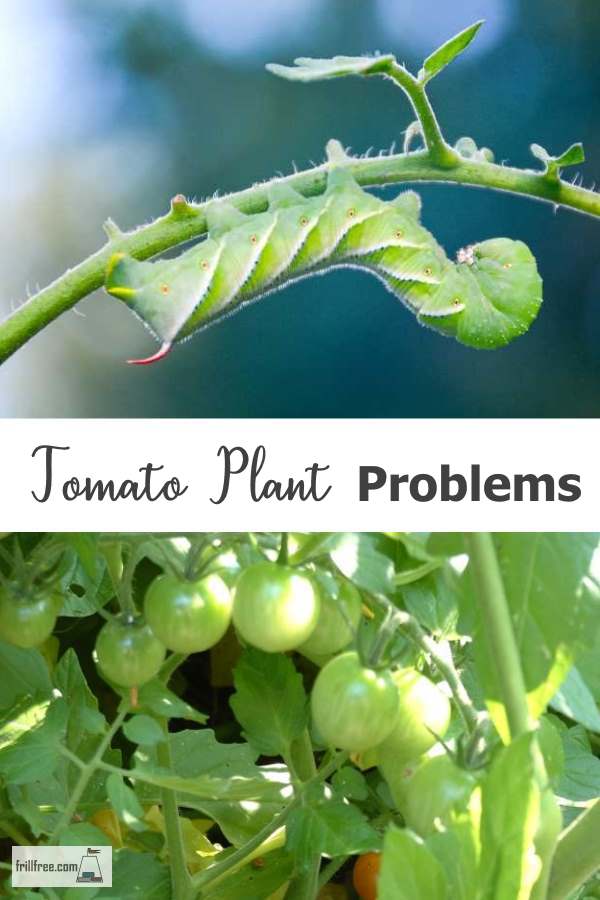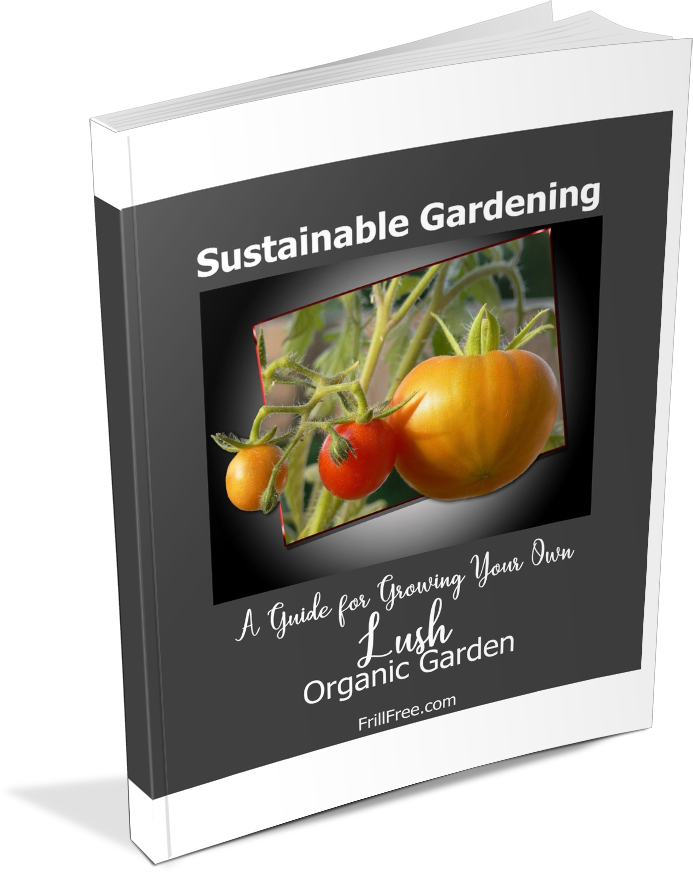- Homesteading
- Growing Vegetables
- Tomato Plant Problems
Tomato Plant Problems
Diagnose, Treat and Grow Healthy Tomatoes
Diagnosing tomato plant problems is sometimes hard to figure out; some
varieties just don't do well in a particular climate; it's important to
find the right kind of tomatoes to grow in your garden.
If you're growing your tomato plants at home, from seed, then choose a variety that will actually ripen in your climate.
Some types take a long time from seed to harvest, so you may end up with lots of green tomatoes.
Not to worry, if this happens to you, there are ways of ripening green tomatoes.
Heirloom types have been developed over years and generations to suit your growing conditions perfectly; if you're lucky enough to have a tomato breeder in your area, try growing those varieties for well adapted plant.
So, you've chosen the right kind of tomato seeds, and you've grown them using all the best techniques, and your tomato plants are still having issues.
Here is a list of some common problems with tomato plants, and some ideas of how to combat them:
- Blossom end rot of tomatoes; this is when the end of the tomato fruit that is away from the stem turns brown and starts to rot.
This tends to be caused by a lack of calcium in the soil.
If you're using a lot of compost and have a rich organic soil, the calcium that is in the soil is sometimes tied up by the pH.
This is easily remedied by the addition of some Dolomite lime, which contains calcium and magnesium.
The plants can then access the calcium. The prevention of this is important; you can't cure it once it's happening (except by removing the damaged tomato fruit and hoping there's enough time in the season to replace them).
- Tomato Blight; generally this occurs close to the end of the
growing season, when the plants are under a lot of stress to ripen the
fruit.
The symptoms are a failure to thrive, and extreme wilting.
The most common cause of the transfer of late blight is rain or even just high humidity.
Keeping the tops of the plants dry can delay the onset, giving the plants a chance to ripen the fruit.
Pull and dispose of the plants immediately, don't compost them or use the same bed for tomatoes next year. Other Solanum relatives (peppers, potatoes and eggplant) also can have the same problems.
- Tomato plants bloom and set fruit, but then shrivel and die.
Pocket gophers are the most common culprit; their holes are sometimes well hidden, and these pesky critters are renowned for the difficulty in getting rid of them. A chicken wire bottom on the bed can prevent them from eating the whole plant, or grow the tomatoes in containers or pots.
Other causes can be Vertilicium wilt, or Fusarium wilt or other bacterial or fungal diseases. There is no cure, but it's crucial to pull and dispose of the plants due to the ease with which this will spread.
- Bronze looking, shiny foliage, curling leaves.
Most of the problems in this category, including cracked fruit, leaf
roll and even blossom end rot can be prevented by maintaining moisture
levels in the soil. Use a mulch, and drip irrigation.
- Bronze looking, shiny foliage, curling leaves.
The same symptoms can have other causes too. I grew tomatoes two years in a row, different seedlings from several sources, same issue. I suspect Aminopyralid herbicide damage. It must have been from the bagged steer manure that I used for those two years crops. See how to identify the culprit on this page about the damage it causes.
- Pale foliage, with webbing
Spider mites can cause rasped looking leaves as they suck the life out of the plants. If the leaves have white webbing like tiny spider webs on the underside this is the problem.
Hose off the foliage a few times a day, or set up a fine spray for at least a few minutes. Spider mites hate high humidity, so if the air is dry, this can really put a damper on their activities.
- Tomato Bugs
Generally, most bugs are not a problem with tomatoes; the most common
are things like flea beetles, which cause tiny shot holes in the leaves,
the tomato hornworm which is the larvae of a moth.
- Fruit won't set
This can be caused by several things; because tomatoes are insect pollinated, if the weather is too cold or rainy to allow the insects to fly, you will need to pollinate the flowers by hand; pull one of the blooms off, and dab it into all the others. This will create the right transference of the pollen for the fruit to form.
If the weather is too hot, this can kill off the pollen, in which case there's not a lot you can do. Shading the plants during extremely hot spells may help.
- Failure to thrive - the plant grows to a certain size, but then vigor fizzles out.
Often, this is caused by lack of nutrition - not necessarily lack of
fertilizer, but the pH of the soil might be off a bit. Usually, it's
too acidic, so sprinkle some Dolomite Lime around the base of the plant
and water it in well. This might be all it takes to get things back on
track again.
As with all things to do with gardening, trial and error plays a huge part in learning how to grow some plants.
Tomatoes have a steep learning curve, but the successful production of a harvest will make a believer out of you; there is no comparison between the pallid insipid tomatoes you can buy at a supermarket, and the lush, delicious ambrosia of a sun ripened tomato.
















